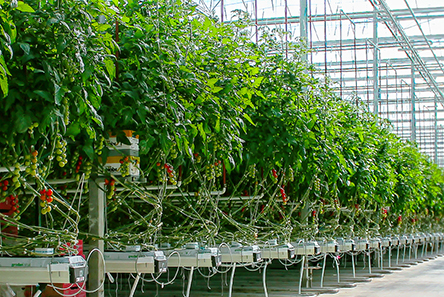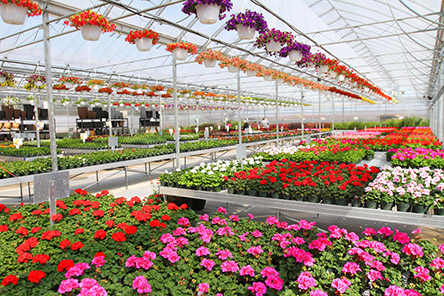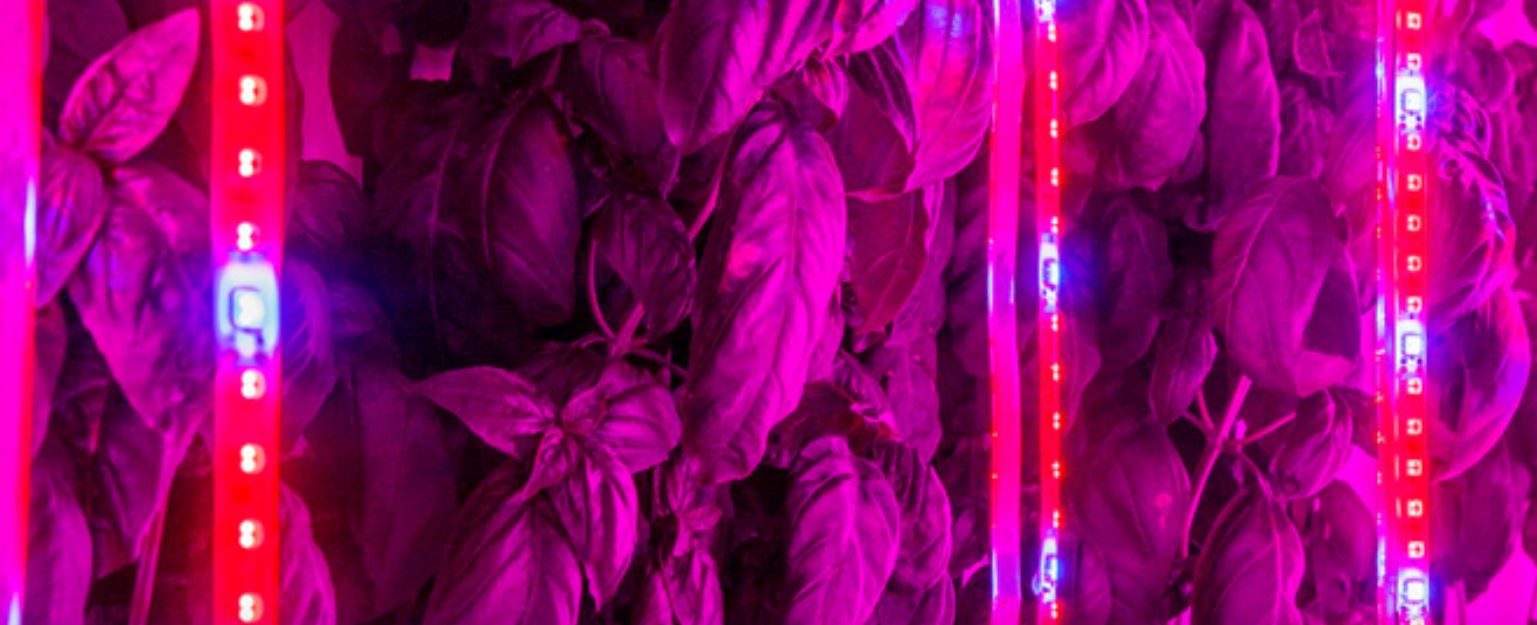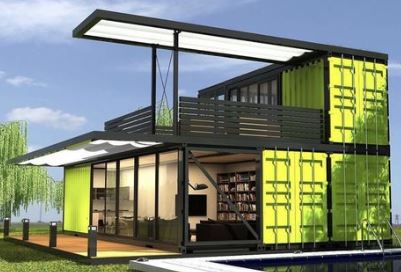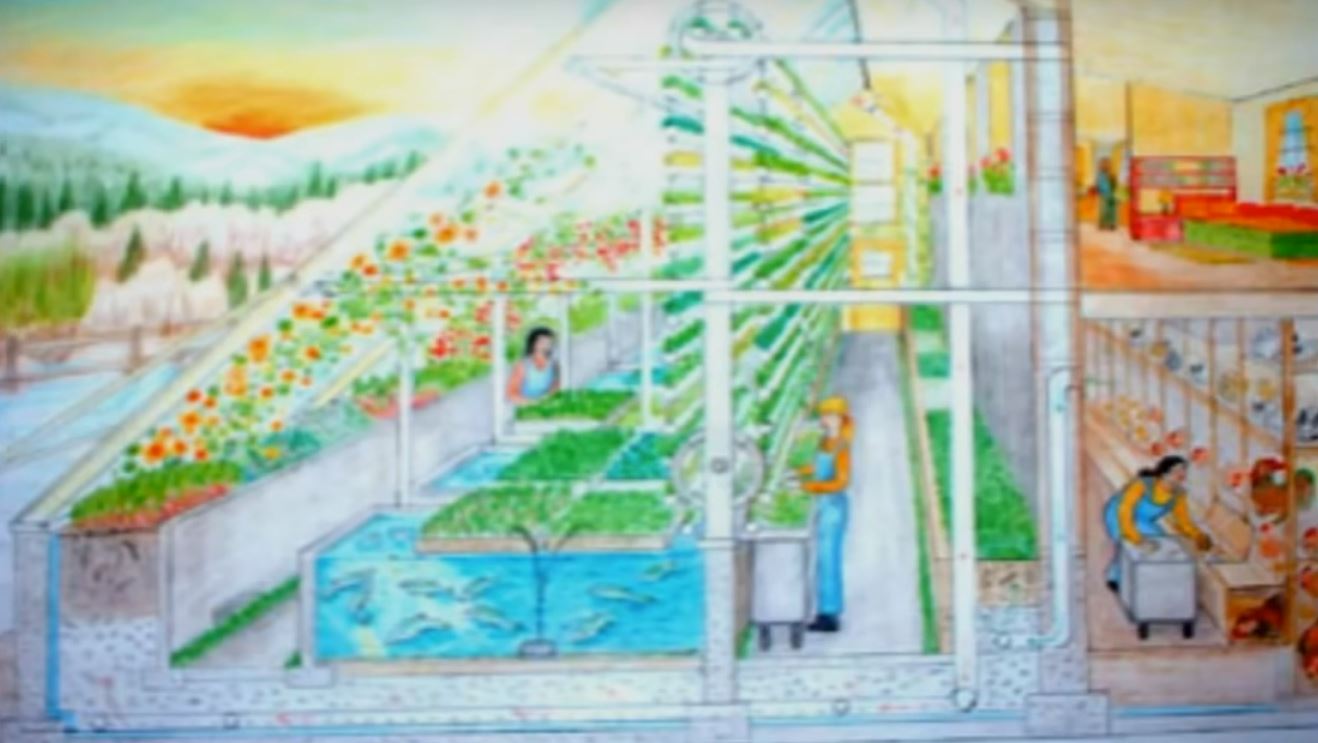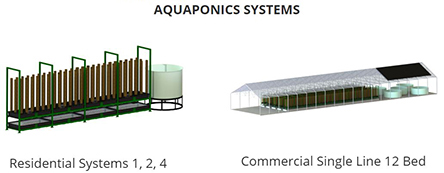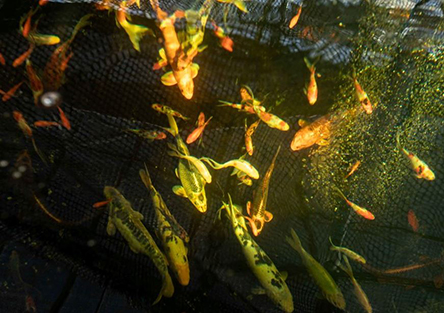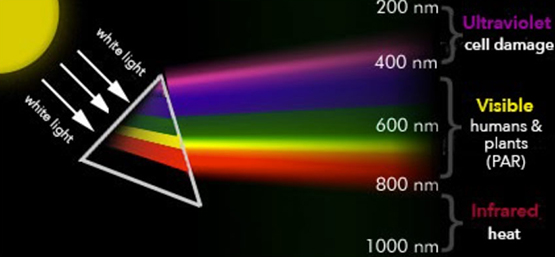Indoor Farming
or CEA
Controlled Environment Agriculture
Aquaponics, a complete indoor eco-system
Hydroponic produce often tastes watery or it tastes off. You often get the abundance of one flavor, like anise, rather than balanced, which is why it has a bad rep with chefs. On the other hand, our chefs tell us that the produce that we grow is literally the best produce that they’ve ever eaten.
Whereas a hydroponic system needs to pump in a new mix of nutrients on a regular basis, the aquaponics system is self-regulating, full of bacteria that digest waste and keep everything running. All of that biological robustness builds a better balance, flavor, and nutrition.
Aquaponics can be cost competitive with the big organic salad producers from California, Arizona, and Mexico on the East coast of the USA. The technology that has been developed to produce a modular aquaponic infrastructure allows growers to be scalable and profitable all along the East coast.
Better tasting micro-nutrients for an affordable price
The Micro-Biome
.jpg)
Fish is grown free of antibiotics, hormones, and mercury. Instead of becoming runoff, the extraordinary manure from the fish fuels the plant growing process.
Healthy waters, soils, plants, and animals all have microscopic tenants. A teaspoon of healthy soil can have a billion microbial cells. The microbiome breaks down the fish’s manure to make it available for plants and creates a natural immune system for both.
Plant Growth Promoting Bacteria (PGPB) can decide what nutrients the plants need, when they need those nutrients, and how much is needed, moment by moment. PGPB attach themselves to or even grow inside plant roots and detect different metabolites (signaling molecules) emitted by plants depending on their physiological needs.
The PGPB block or facilitate the uptake of different nutrients and even manufacture other compounds that plants need, like vitamins or growth factors. This is huge !!!
Without PGPB, human operators are forced to guess what nutrients, how much, and when each plant needs it.
Even plants of the same crop type have slightly different nutrient uptake patterns — they’re living beings with different genetic makeups. If each plant were a human, imagine trying to feed the same diet to millions of individuals and having them all thrive.
The Produce
The plants absorb all those nutrients, filtering the water as they grow and reducing water use by 95%. Thanks to this micro-biome immune system, chemicals or pesticides are out.
Aquaponics is a “just-in-time” manufacturing system — different greens with different nutrient requirements can be produced in the same aquaponic system simultaneously without sacrificing quality or yield, whereas multiple hydroponic systems with different nutrient recipes would be required to achieve similar quality and yield.
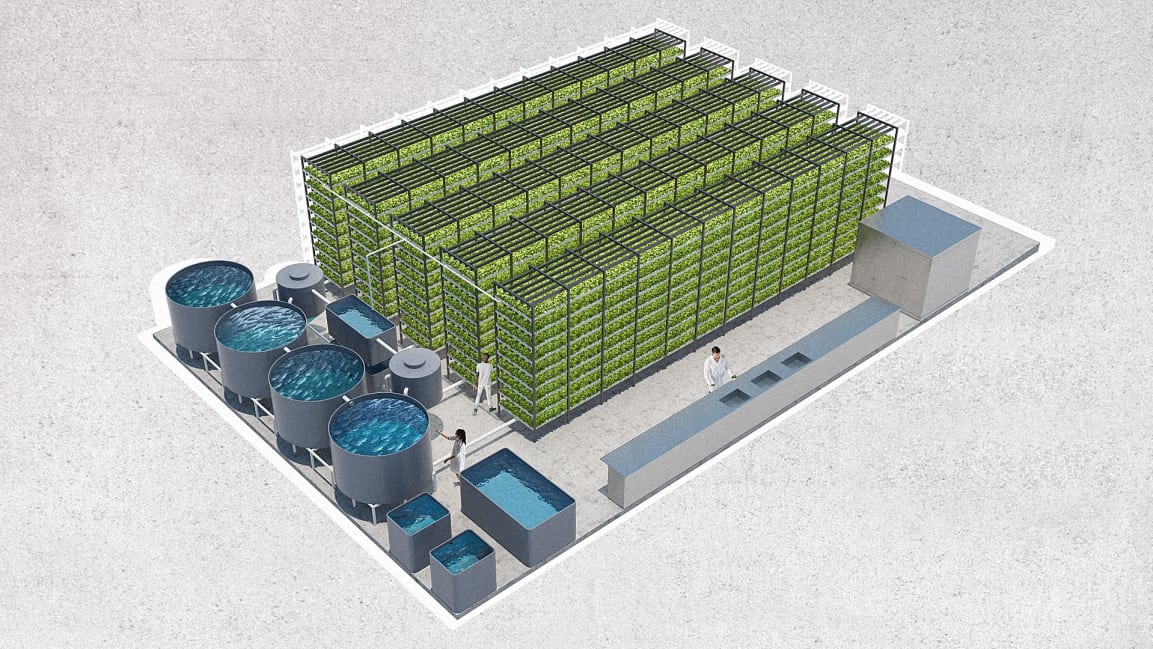
A NYC 6,000-sf. space will produce about
180,000 pounds of salad greens and tilapia
for local grocery stores and restaurants.
Comfortable Indoor living and farming combined
click image
Fishtanks + Hanging + Pot + Bed plants
Fish from Aquaponics farms are fed
better nutrients than those from Asian fish farms.
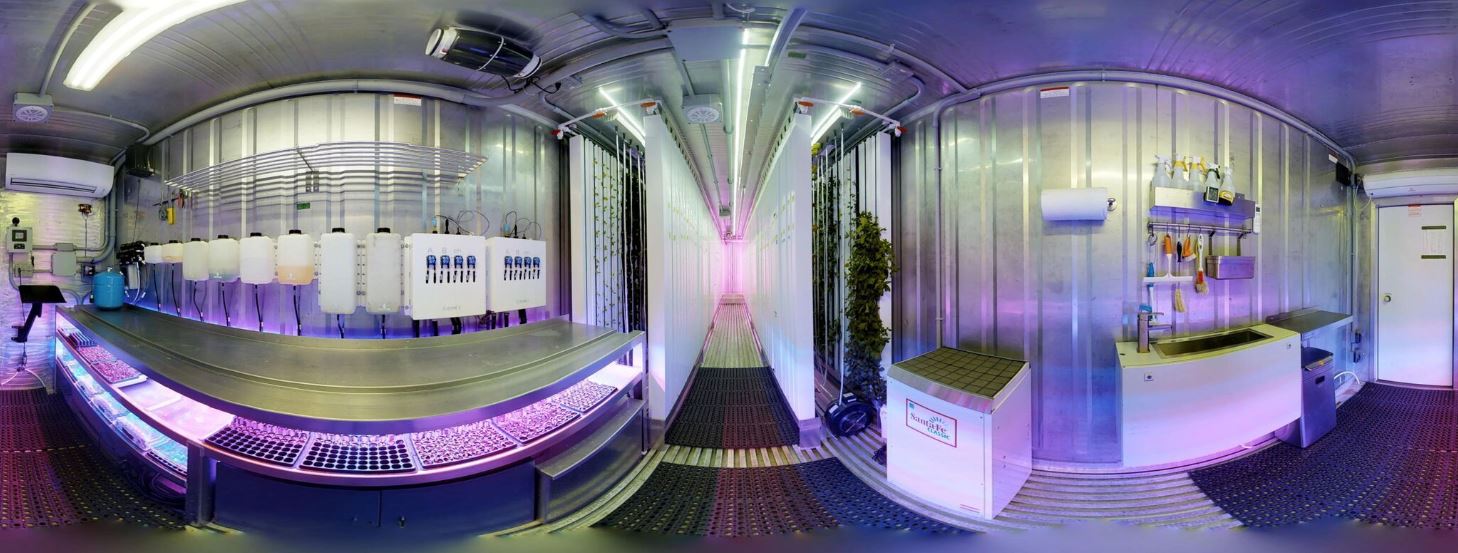
.jpg)
